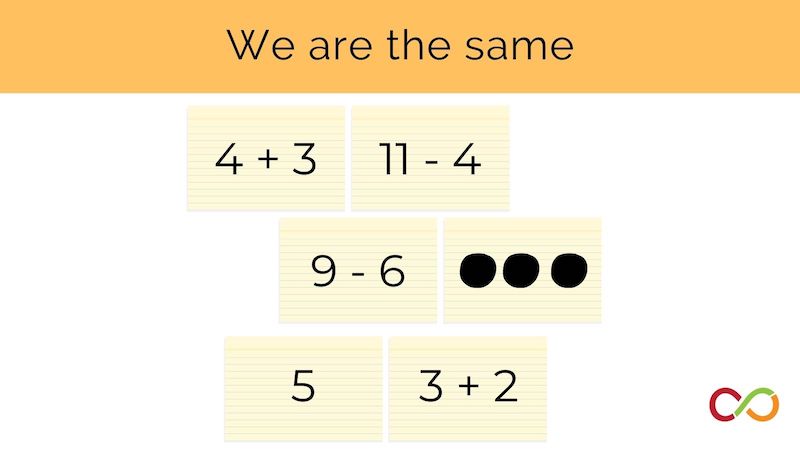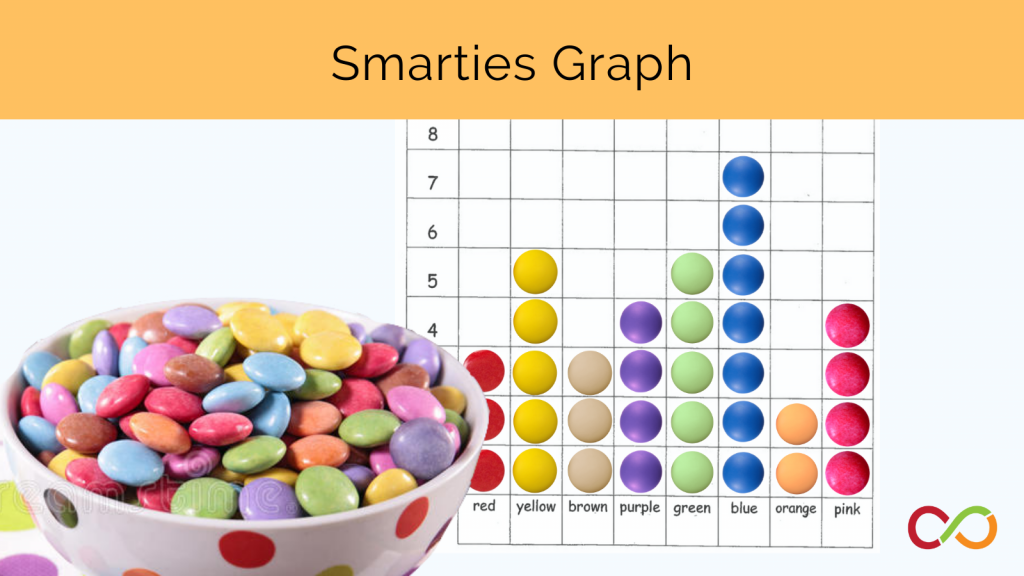Daily Calendar
Primary (Age 6 – 9)
Curriculum Goals
Primary: Number Sense
- Count to 200, including by 20s, 25s, and 50s, using a variety of tools and strategies.
- Use place value when describing and representing multidigit numbers in a variety of ways, including with base ten materials.
- Represent and solve problems involving the multiplication of two- or three-digit whole numbers by one-digit whole numbers and by 10, 100, and 1000, using appropriate tools, including arrays.
- Describe what makes a number even or odd.
Primary: Patterning and Algebra
- Identify and describe repeating elements and operations in a variety of patterns, including patterns found in real-life contexts.
Primary: Data Management
- Collect data through observations, experiments, and interviews to answer questions of interest that focus on qualitative and quantitative data, and organize the data using tally tables and frequency tables.
- Display sets of data, using one-to-one correspondence, in concrete graphs, pictographs, line plots, and bar graphs with proper sources, titles, and labels.
Primary: Geometry and Spatial Sense
- Read the date on a calendar, and use a calendar to identify days, weeks, months, holidays, and seasons.
Context
- Students are sitting on the carpet while the teacher leads the daily routine (involving many mini lessons).
Materials
- See individual activities for necessary materials.
Lesson
Number of Days in School:
- Create a number line that counts the number of days in school, adding a number for each day of class.
- As the chart expands, have students count by different numbers (e.g., count by 2s, 3s, etc.) and identify patterns.
- Document emerging patterns by marking the numbers with different symbols.
- Visually represent the number of days by placing straws in three separate jars, each representing either the ones, tens, or hundreds place.
- Add a straw to the ones jar each day. When there are 10 straws in the ones jar, remove them and explain that they will be replaced by one straw in the tens jar.
- Visually represent the number of days using magnetic square tiles. The goal is to create a bigger square/rectangle with the magnetic squares.
- Have students create relevant multiplication or division equations. Begin a discussion on remainders if appropriate.
Monthly Calendars:
- Explore why each month starts on a different day: create small pre-cut months and attach the past month to the current month (printable calendars for every year can be downloaded here). Students will notice that all months fit together like a puzzle!
- Invite students to create their own monthly calendars by providing each group of students a calendar outline (Appendix A).
- Have students input the year, month, and dates. Special events can be included, such as
birthdays, field trips, etc.
- Have students input the year, month, and dates. Special events can be included, such as
- Hang these up with the current month so that students can see it better.
- Append a monthly tooth chart (Appendix B) beside the calendars where students who have lost a tooth can add their name. At the end of the month, add up how many teeth were lost.
Days of the Week Wheel:
- Print a Days of the Week wheel (Appendix C) and glue the back to cardstock to strengthen.
- Keep track of how many times each day of the week appears in a month by placing a clothes pin on the appropriate sector each day.
- Have students make observations, such as on the fourteenth there will be two clothespins on each day because there are seven days in a week, and seven plus seven is 14.
Working with Today’s Date:
- Keep a tally of the number of days in the month by adding a mark every day. Use different colours to show repeating patterns.
- Cluster in groups of five to promote practice counting by fives.
- At the end of each month, tally how many days there were.
- Use multilink cubes to represent today’s date and select different colours to visually represent odd and even numbers, which grow and change every day (see Figure to the right).
- Ask students how they know today’s date is an odd or even number.
Daily Weather:
- Chart the daily weather using the weather graph (Appendix D).
- At the end of every month, chart the cumulative number of days with sunny, cloudy, rainy and snowy weather (Appendix E).
- Indicate today’s high and low temperatures on the paper thermometer (Appendix F).
- Record the daily high using a line plot, making sure to use titles, labels, and scales.
- This is a good introduction to positive and negative numbers and increases interest in the weather forecasts.
- Provide a context and purpose for knowing the temperature (e.g., if the temperature is 0°C, do students need to wear their coat for recess?).
Accumulation of Data:
- At the end of each month, hang the data up so that each month’s data can be compared.
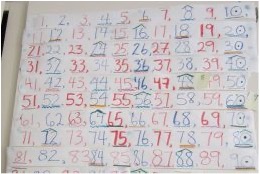
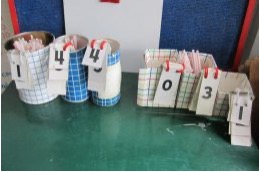
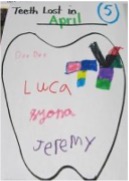
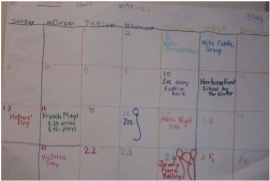
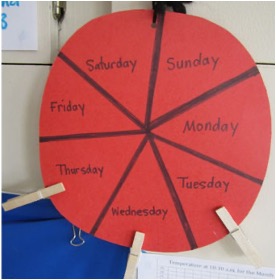
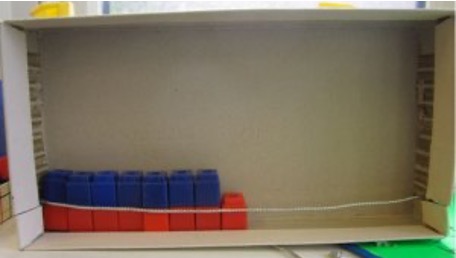
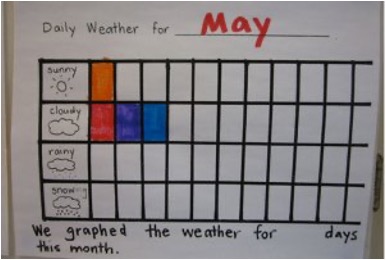
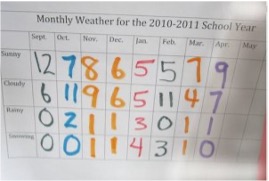
Share this lesson
Share on facebook
Share on twitter
Share on email

